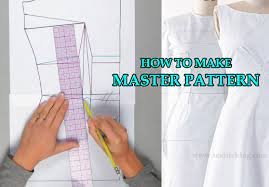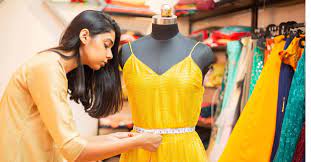What is Accessory Designing? Is Accessory Designing A Great career?
Accessory designing refers to the process of creating fashion accessories such as jewelry, handbags, belts, hats, scarves, and other items that complement an outfit. Accessory designers are responsible for creating new designs, selecting materials, and overseeing the production of accessories that meet the needs and preferences of consumers.
Accessory designing is a dynamic and exciting field that requires a combination of creativity, technical skills, and business acumen. Accessory designers must be able to develop new ideas, sketch their designs, and use computer-aided design (CAD) software to create technical drawings that can be used to produce prototypes.
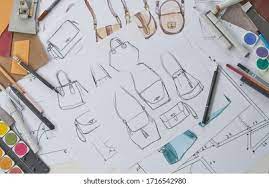
One of the most important aspects of accessory designing is understanding the fashion industry and consumer trends. Accessory designers must be able to anticipate the styles and preferences of consumers and create designs that are both fashionable and functional. They must also be able to work within the constraints of production timelines and budgets to create designs that are both practical and cost-effective.
In addition to designing new accessories, accessory designers must also work closely with manufacturers and suppliers to ensure that their designs are produced correctly and on schedule. This involves sourcing materials, creating production schedules, and overseeing the manufacturing process to ensure that quality standards are met.
Another important aspect of accessory designing is marketing and sales. Accessory designers must be able to promote their designs effectively, both through traditional marketing channels such as print and online advertising and through social media and other digital marketing channels. They must also be able to work with retailers and distributors to ensure that their accessories are stocked and displayed prominently in stores.
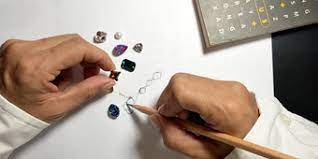
To become an accessory designer, one typically needs to complete a degree or diploma program in fashion design, with a specialization in accessory design. These programs typically include coursework in design principles, materials and techniques, CAD software, and marketing and sales. Many programs also offer opportunities for internships and hands-on experience in the industry.
In terms of career opportunities, accessory designers can work in a variety of settings, including fashion houses, design studios, manufacturing firms, and retail companies. Some may also choose to start their own businesses, either as independent designers or as part of a larger fashion brand.
Overall, accessory designing is a challenging and rewarding field that offers many opportunities for creativity, innovation, and business success. With the right combination of skills and training, aspiring accessory designers can carve out successful careers in this exciting and dynamic industry.
Is Accessory Designing A Great career?
Accessory designing can be a great career choice for individuals who are creative, detail-oriented, and have a passion for fashion. The field offers many opportunities for personal and professional growth, as well as the potential for financial success.
One of the biggest advantages of a career in accessory designing is the ability to express one’s creativity and imagination. Accessory designers have the opportunity to design unique and innovative accessories that complement and enhance the overall look of an outfit. They can experiment with different materials, colors, and textures to create accessories that are both functional and fashionable.
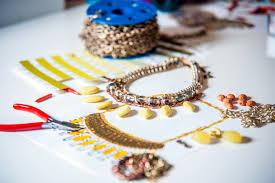
Another advantage of a career in accessory designing is the potential for financial success. Successful designers can earn high salaries and have the opportunity to build their own brands or work for well-established fashion houses or accessory companies. With the right combination of talent, hard work, and business savvy, designers can create successful businesses that provide them with financial stability and independence.
In addition to the creative and financial benefits, accessory designing also offers the opportunity for personal and professional growth. Designers must constantly stay up-to-date with the latest trends and innovations in the industry, which requires them to continuously learn and develop new skills. They may also have the opportunity to travel, attend fashion shows, and work with a variety of different clients and manufacturers, which can broaden their horizons and expose them to new cultures and ideas.
However, like any career, accessory designing also has its challenges. The field can be highly competitive, and success often requires a combination of talent, hard work, and luck. Designers must be able to stay up-to-date with the latest trends and innovations in the industry, while also balancing the demands of production timelines, budgets, and marketing.
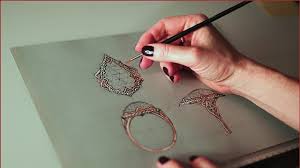
In addition, designers must be able to manage their own businesses or work effectively within larger organizations. This requires a combination of creativity, technical skills, and business acumen, as well as the ability to communicate effectively with clients, manufacturers, and retailers.

To succeed in accessory designing, individuals typically need to complete a degree or diploma program in fashion design, with a specialization in accessory design. These programs typically provide students with the skills and knowledge they need to design and produce high-quality accessories, as well as the business skills they need to succeed in the industry.


